Getting to Know Digitalpress - John
)
Name & How long you've been with DP:
Hello - my name is John, and I've been with the company for 7 years now
At Digitalpress, I'm responsible for:
Prepress, press operations and production assist.
A typical working day at Digitalpress looks like:
Starting between 6.30-7am with the main focus being prepress. Ideally, having that completed early so I can assist with production. There's usually a lot of teetering between the two.
Something people don't know about my role is:
That I'm always in the right place when the large deliveries arrive.
One of my favourite Beautiful Print moments is:
Working with our long-time client and friend, Tim Jetis (Cabinet of Wonder) on the Masonic Centre booklets. A great collaboration of design and print perfectly showcasing our metallic print capabilities.
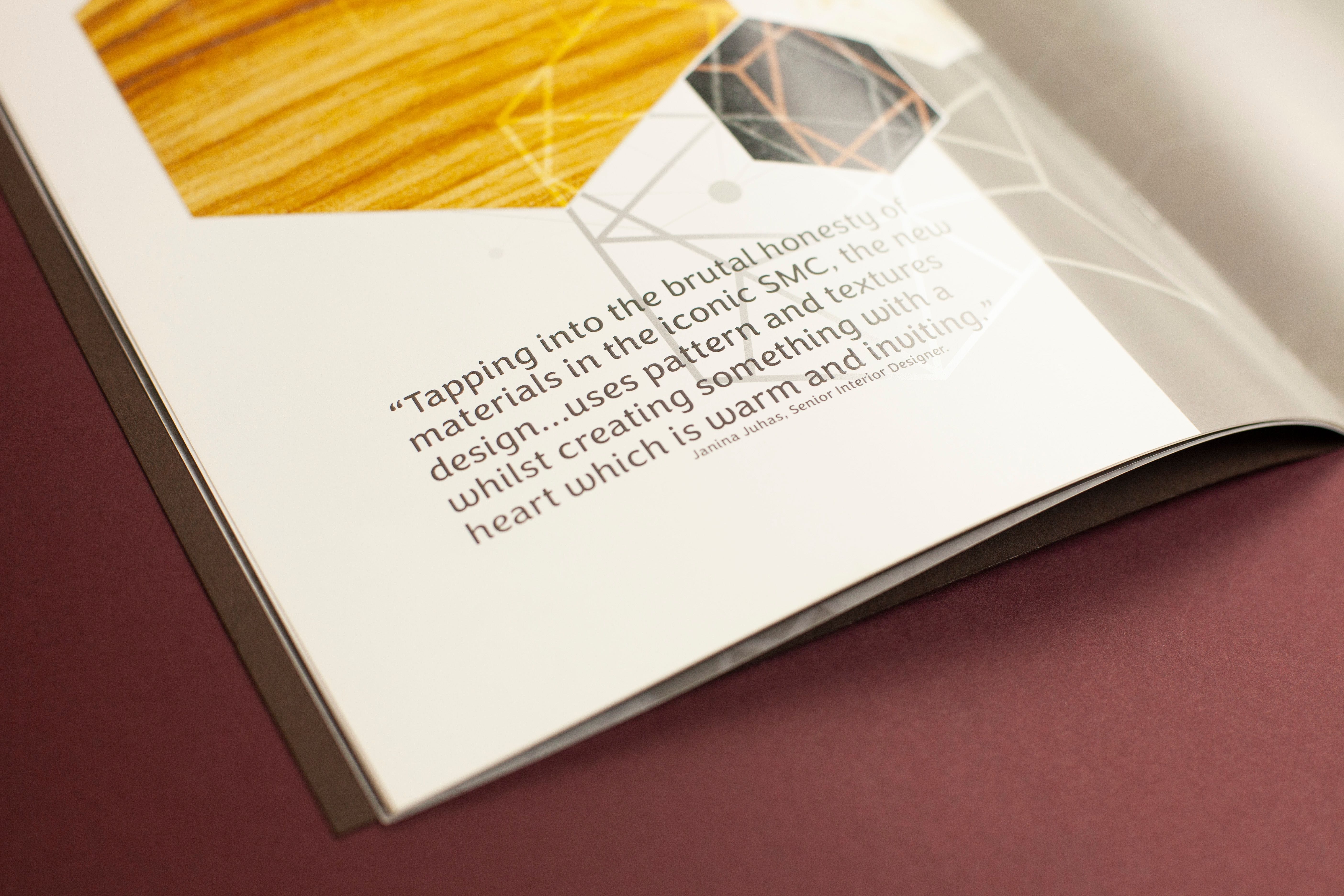
The thing I like most about working at Digitalpress is:
Working with a great professional team who are just as passionate as me about the work we do
I'm passionate about print because:
It's a great and tangible medium for creative expression.
On the weekend, you'll find me:
Spending quality time with my children in Terrigal, attempting new recipes or cleaning the house.
If I wasn't doing this as a career, I'd be...
A creative director or industrial designer.
| Posted in:Most Popular Articles |
Marketing Effectiveness in the Digital Age Part 3
)
This post is part three of this series - you can read part two here.
Truly integrated marketing
On channel selection, print media is routinely given short shrift. Yet studies show that print, when thrown into the marketing mix, boosts overall marketing effectiveness.
Research shows that adding print to the media mix increases campaign ROI and engenders greater trust than would otherwise be the case. Just look at the results from the IPA's Marketing Effectiveness in the Digital Era report, which concludes that adding press or DM to the marketing mix boosts effectiveness by 15% and 10% respectively.
Another study, conducted by Binet and Field for the IPA, says the opportunities afforded to marketers by the new media landscape actually make 'traditional' media more effective. A campaign that includes TV, for example, boosts effectiveness by 40%. But a campaign that includes both TV and online video will see an effectiveness boost of 54%. Online video on its own is just 25%.
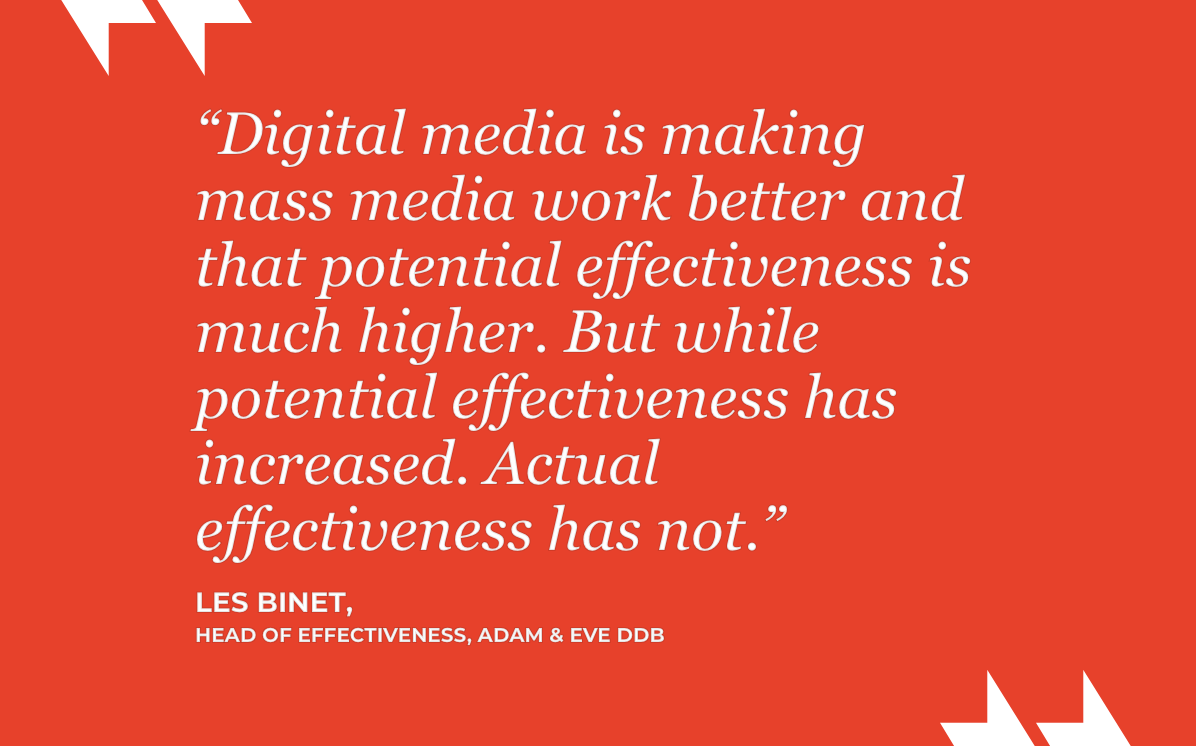
Crucially for advertisers, antipathy towards certain channels is actively stifling profitability. Planning for Profit, by Benchmarketing and Newsworks, shows that brands are grossly under-utilising newsbrands, for example, and in doing so they're losing out on an estimated £3bn in potential campaign profit.
If marketers are to ever understand the effectiveness of advertising mediums and see the bigger picture they would do well to consider what traditional channels like press bring to the mix. Print media, after all, has a proven ability to create awareness, hold attention, drive commercial actions, engender trust and even build long-term brand loyalty. All issues that have been pushed to the fore in the wake of a digital revolution sweeping the media landscape.
Despite the ubiquity of online platforms, print remains the most trusted environment for advertisers. One that's relevant, reliable and authoritative. Meanwhile, digital's copybook has been blotted by fake news scandals and created a contextual headache for brands.
Edelman's 2018 Trust Barometer clearly states that consumer trust in advertising has reached an all-time low. And as consumers grow increasingly mistrustful of marketing messages, not least those on social media, exponents would do well to explore alternative, more trustworthy channels traditional or otherwise.
Prime print examples
In this new media landscape, saturated with content and tainted by unwelcome interruptions, we're beginning to see the pendulum swing back towards those channels that command the most trust and attention.
Take, for example, the resurgence of customer magazines: digital giants Airbnb, Facebook, Kodak and Net-a-Porter have all released their own printed offerings to complement their online products and services.
Then there's this new breed of niche, independent magazine publishers, many of whom have plugged into their audience's passion points in a way brands rarely succeed in doing.
In the last year alone, we've seen many a print campaign pick up at award dos. Perhaps none more so than KFC's sweary chicken shortage apology, which scooped a silver and three Gold Lions at Cannes, not to mention a Magnetic Spotlight Award for best topical campaign, and proving all along that print, particularly news media, has gravitas and authority.
Surely, we can't talk about 2018 without mentioning the D&AD Yellow Pencil award-winning Ikea pee ad. An ad that revealed a special cot discount to those who peed on it and were pregnant. Sticking with the same brand, Ikea SÖMNIG stole the show with a print advertisement that emitted a subtle lavender aroma and white noise amplifier to help sleep deprived Emiratis get 40 winks.
Both captured the imagination and shattered the perception that print is dead. But crucially, both proved that it's not necessarily new technology but a brilliant conceit that benefits the consumer and gets people talking.
"Just like secrets, word of mouth spreads when the information source is perceived as credible and when the information itself is seen as new and exclusive," says communication psychologist, lecturer at the London College of Fashion, and author of Connected Marketing: The Viral, Buzz and Word of Mouth Revolution, Dr Paul Marsden.
Well-crafted, beautiful print advertising can also catalyse discussions online, sometimes leading to millions of Twitter impressions.
Take Stabilo's 'Highlight the remarkable campaign', another campaign which picked up a Cannes Lion, not to mention a win at LIA and EPICA, plus Grand Prix victories at Eurobest, and turned a plug for a highlighter pen into something that empowered and inspired women everywhere.
The campaign's success is easily explained, reckons Vera Ickert, senior art director at DDB Dusseldorf, the agency that created the work. "The simplicity of this campaign was key. If you try to tell six different messages in a single print ad, you'll lose the audience's attention. And sadly, all too often, marketers and advertisers forget this."
Likewise, Japanese health company ANGFA tapped into the cut through of print media with the Washable Book, a picture book designed to teach children in Cambodia the importance of having clean hands.
The finished article was gifted to hundreds of children, together with a bar of soap, and that used deceptively simple printing techniques to promote hand-washing through hand-washing. Scrubbing the pages within revealed a series of colourful illustrations that helped to bring the tale (and the issue) to life.
Similar to the Ikea pee test, the medium was very much the message, and effected change simply by showing rather than telling.
Shunsuke Kakinami, McCann Health Japan's group creative director, says of the ANGFA execution, "It absolutely is innovative, but high-tech, low-tech it doesn't matter to us. What does matter is that we're interacting in a way that challenges our demographic. And print, more than any other format, is a simple, powerful and experiential medium Innovation isn't about technology, it's more a way of doing."
Clearly there is no shortage of campaigns to make the case for a healthy mix of new and old media, nor is there evidence to say print is dead. All is needed now is for advertisers and agencies to take a more evidence-based approach to media planning. And while digital is still very much the first point of call for marketers, there's research and plenty of it to show that print media cuts through the noise, and in doing so deserves a rightful place in the mix.
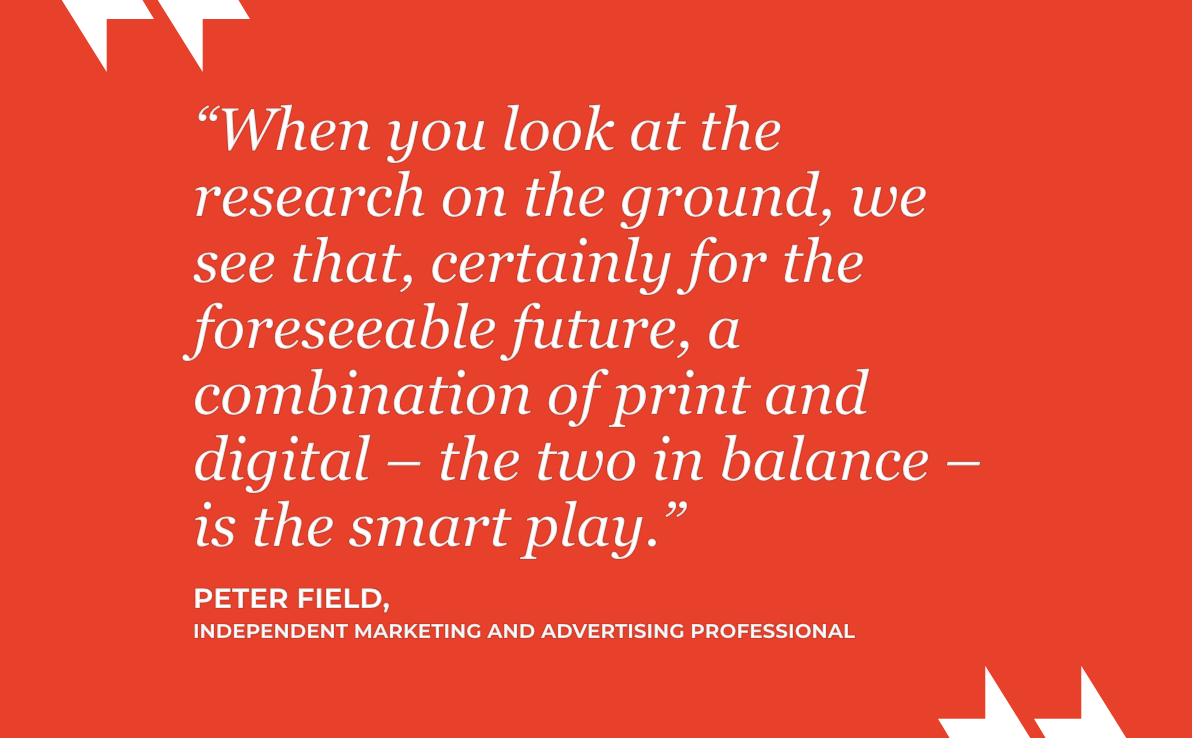
This article first appeared here.
Marketing Effectiveness in the Digital Age Part 2
)
This post is part two of this series - you can read part one here.
The rot at the heart of marketing
The reasons for this disparity are many, but short-termism, more than most, is stinking up the marketing landscape and obscuring the truth about which channels are most effective, and on what measures.
According to a survey of the marketing industry by the IPA and ISBA, 75% of marketers and 73% of agencies agree that short-term tactical needs often take priority over longer-term objectives. Meanwhile, as few as 14% of marketers and 4% of agency execs "strongly agree" that marketing objectives focus on the long-term (defined here as the next one-to-three years).
This focus on short-term gains rather than on a long-term strategy has been shown to have an adverse effect on marketing effectiveness. Effectiveness gurus Les Binet and Peter Field said it best in The long and the short of it when they said that, on average, marketers should invest 60% of their budgets in long-term brand building and 40% in short-term sales activation to achieve the best return on marketing investment (or ROMI).
Chasing highly-targeted, short-term sales activations, mostly across search and social, has stymied the use of traditional channels. It's likely also why perceptions towards these channels among marketers have soured somewhat. But worse still, we've seen this approach prop up a five-year decline in the effectiveness of top performing campaigns in the UK.
Emphasis on metrics that prove marketing effectiveness only in the immediate term also skew priorities in favour of campaigns that value immediate sales, and we see this again reflected in the choice of channel.
"Marketers have been conditioned to believe that many established media are somehow yesterday's news. There's a lot of received wisdom and an extremely well-funded digital PR machine that fills our heads with messages that are not reflecting results," says Field. "But when you look at the research on the ground, we see that, certainly for the foreseeable future, a combination of print and digital the two in balance is the smart play."
Solutions will come once marketing as an industry gauges the effectiveness of campaigns not just on immediate sales but also on more brand style effects.
"This short sightedness," argues Gavin Wheeler, chief executive of WDMP and non-executive director on the DMA Group Board, "doesn't only devalue campaigns that create mental brand equity, influence future sales or prime consumer emotionally, it obscures the power of some channels to achieve both brand and activation effects."
Refocusing on effectiveness
Shallow, often deceptive metrics are a scourge unto the digital marketing industry. Likes, clicks and impressions are fine for racking up the zeros, but say little about marketing effectiveness.
Most worrying of all, we're seeing this focus on quick returns hurt marketing effectiveness, particularly when measuring long-term return on investment, brand equity and readership satisfaction.
Speaking about the consequences this approach brings for channels like print media and others that tend towards long-term effects, Enders says "in effect we believe that a nuanced, analogue tool has been replaced by a too-simplistic digital tool with unverified consequences for many brands".
Measuring marketing effectiveness remains a challenge, but still marketers must not make the mistake of believing a one size fits all approach will do. Nor should they deprioritise the value of creative and assume science tells them all they need to know.
Short-termism in marketing has certainly elevated ROI, rather than profit growth, to a higher status than say reach, scale or even emotion. On the latter measure, we're seeing more brands harness the power of the tangible to create an impact, make an emotional connection and improve recall. And those who resist the pull of digital are toying with print media conventions, challenging our associations with traditional media and creating interactions that feel fresh and authentic.
But the real winners in this fast-changing media landscape will be those who discriminate not on the basis of channel but adapt based on the objectives at hand. The marketing press have waxed lyrical about the benefits of integrated marketing through the years, but it's time now to turn those words into action, and with strategies that transcend traditional boundaries.
In the words of Field, "we are being over-hyped and over-sold on a uniquely digital future. We need to get real and take a more evidence-based view of what really drives effectiveness."
This article first appeared here. Stay tuned for part three of this series.
Getting to Know Digitalpress - Theo
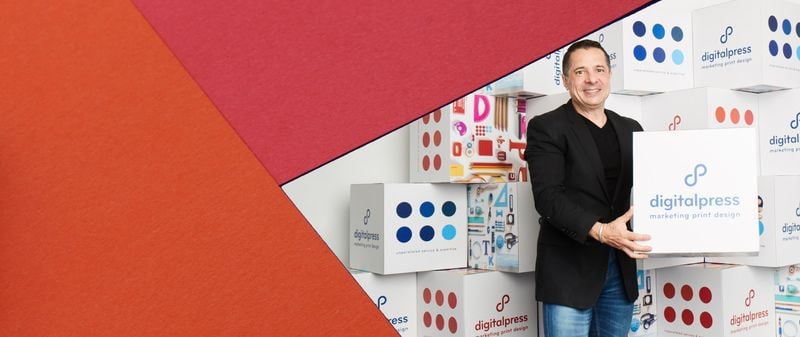)
This week we are continuing on with our Getting to Know Digitalpress blog - and this week we are getting to know our founder and director - Theo Pettaras!
Name & How long you've been with DP:
Theo Pettaras and I am the founder and director of Digitalpress, so 15 years here in total.
At Digitalpress, I'm responsible for:
Looking after clients, particularly our larger accounts. My specialty is in print marketing and I consider myself an expert in this field. As a Director of our company I also sit on the Digitalpress Board.
Get to work by 8am, check emails, attend our Sales Blitz, then a quick Daily Beat Production WIP, check emails, engage with our clients followed by some strategic sales management and planning.
Something people don't know about my role is:
I'm the cheeky annoying one at the office
One of my favourite Beautiful Print moments is:
It would have to be the Katrina and Tori Memorial book and box. This project was a truly important and significant piece that we collaborated with the Department of Premier of Cabinet. Also the A Meeting of Words book I collaborated with Tim Jetis from Cabinet of Wonder a most inspiring book so meticulously designed and produced.
The thing I like most about working at Digitalpress is:
The relationship I have with our team. They are incredibly loyal, professional, passionate and respectful. I love the working relationship I have with our clients, they are all wonderful to deal with and are very supportive and truly value the work we do. I love collaborating with clients and utilising my expertise to produce wonderful engaging beautiful print.
It is beautiful. You can feel it and it works.
On the weekend, you'll find me:
Playing my bass and sometimes at work.
General Surgeon or Graphic Designer
| Posted in:Most RecentMost Popular Articles |

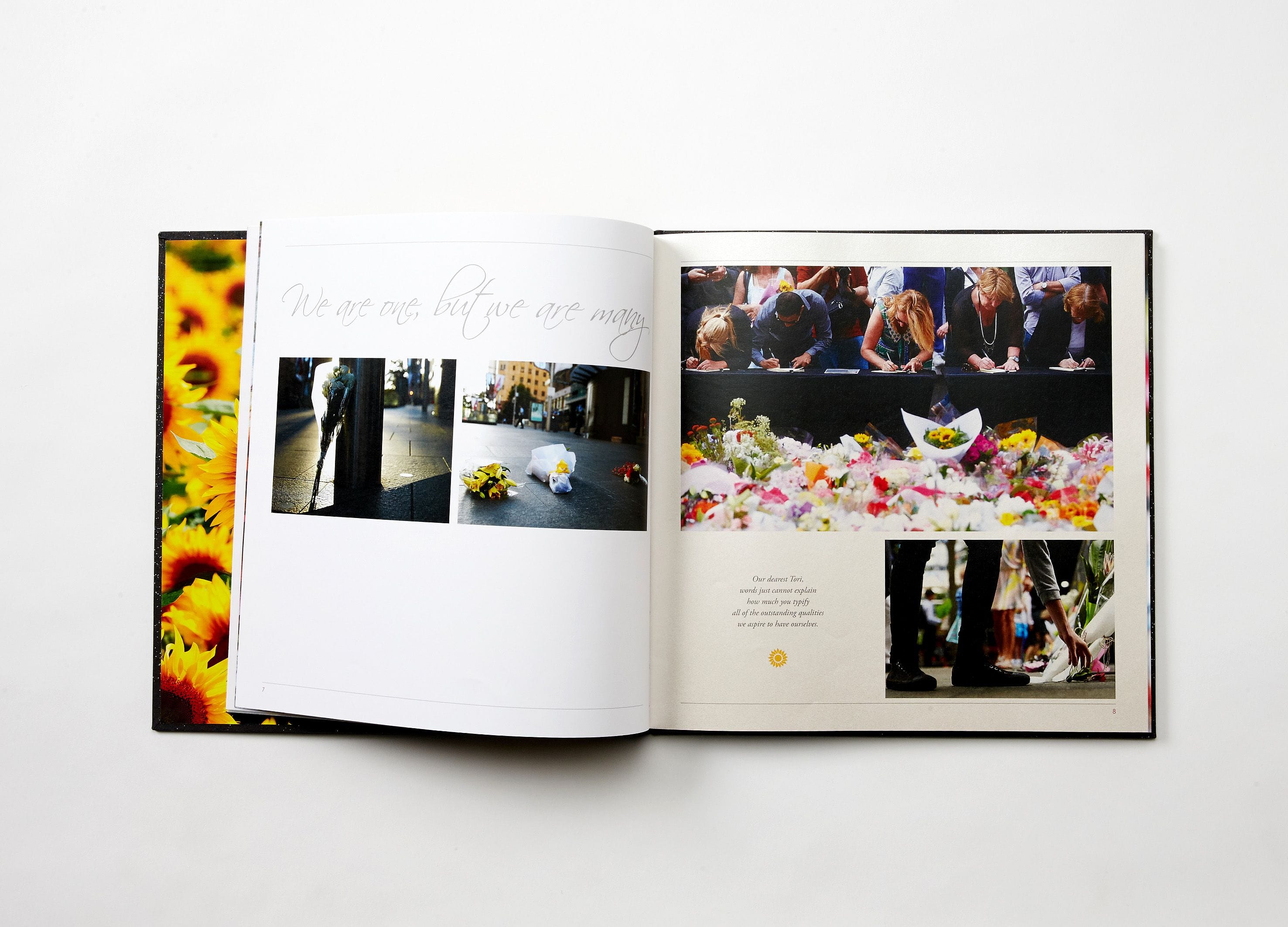
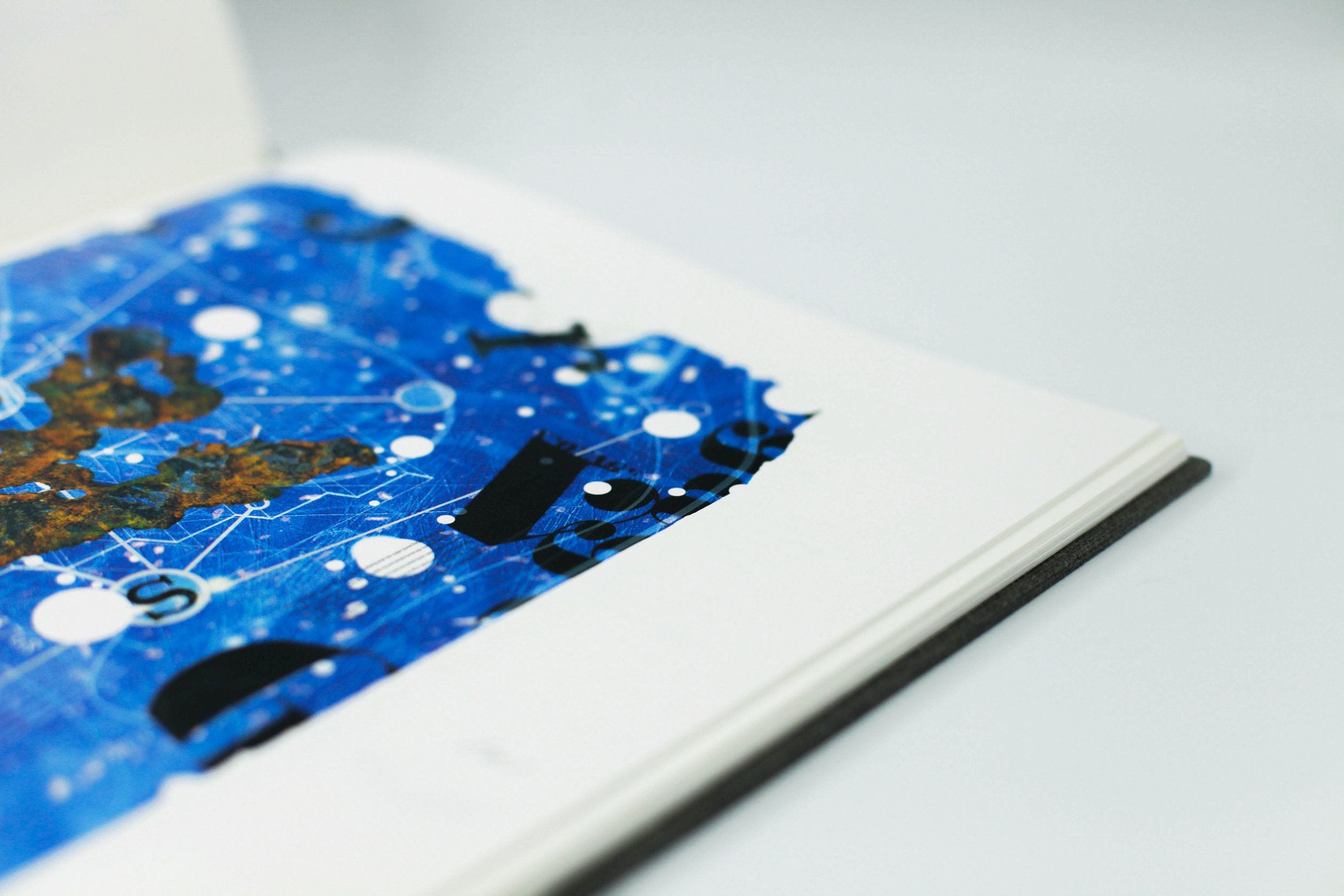
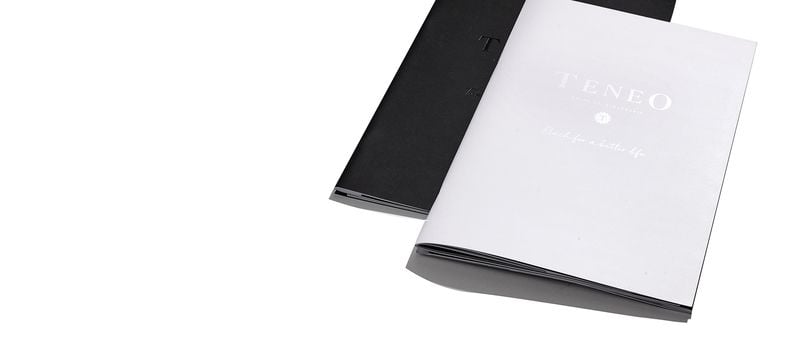)
